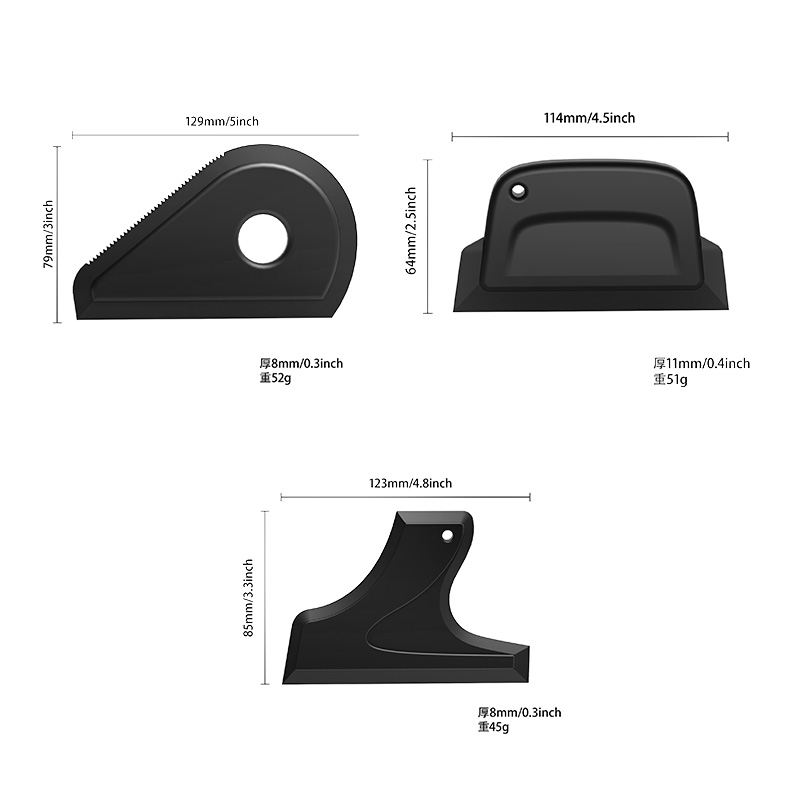内容
シリコーン製品の製造工程は複雑に見えるかもしれないが、分解してみると魅力的だ。その工程を理解することで、なぜシリコーンがエレクトロニクスからヘルスケアまで幅広い産業で汎用性の高い素材であるのかが見えてくる。
シリコーン製品は、混合、成形、硬化、仕上げなどの一連の工程を経て製造され、原料のシリコーンを耐久性と機能性に優れた製品に変える。
生のシリコーンが、どのようにして産業に力を与え、日常生活を向上させる製品に加工されるのか、その道のりをご案内しよう。
目次

どのように シリコーン製品の製造は?
シリコーン製品の製造工程では、精密さと革新性が融合しています。それぞれの工程が、卓越した性能を持つ高品質の製品を生み出すことに貢献しています。
シリコーン製品は通常、原料の準備、成形または押出、加硫、後硬化を含む工程を経て製造される。
さらに深くシリコーン製品製造の主なステップ
- 混合と配合:
未加工のシリコーンは、充填剤、顔料、硬化剤と混合され、強度、柔軟性、色などの所望の特性を実現する。 - 成形または押し出しによる成形:
- 成形:液状シリコーンを金型に注入し、シールや医療機器などの製品を成形する。
- 押出:シリコーンを金型を通してプレスし、チューブやガスケットのような連続した形状を作る。
- 硬化(加硫):
高熱と圧力でシリコーンを固化させ、その形状と特性を確実に維持する。 - ポストキュアと仕上げ:
製品は耐久性を高めるために再び加熱され、滑らかな仕上げのためにトリミングや研磨が施される。
耐熱性や耐薬品性といったシリコーン独自の特性は、信頼性が高く、長持ちする製品を作るために不可欠なプロセスである。
シリコーンの製造には何段階あるのですか?
シリコーンの製造工程は製品によって異なるが、その手順は明確で正確だ。
一般的に、シリコーンの製造には、原料の準備、成形、硬化、仕上げという4つの主要な工程がある。
深く潜る:なぜこれらのステップが重要なのか
- ステップ1:原材料の準備
シリカは、塩化メチルなど他の化学物質と組み合わせることでシリコーンに加工される。その結果、シリコーン製品の基礎となるシリコーンポリマーができる。 - ステップ2:シェイピング
製品によって、成形は射出成形、圧縮成形、押出成形で行われる。 - ステップ3:養生
加硫は、熱と圧力を使ってシリコーンを柔らかい素材から強く弾力性のある製品に変える。 - ステップ4:後処理
この工程では、検査、トリミング、表面処理を通じて、製品が品質基準を満たしていることを確認する。
それぞれの工程を経ることで、素材は汎用性と耐久性を維持することができます。これらのステップのどれかを省略したり急いだりすると、製品の性能が損なわれる可能性があります。
シリコーンの原料は何ですか?
シリコーン製品の品質を決定する上で、原材料は重要な役割を果たします。シリコーンの基礎は、豊富で持続可能な素材から始まります。
シリコーンは主にシリカ(砂)と塩化メチルやその他の化学添加物を組み合わせてシリコーンポリマーを作る。
もっと深く核となる成分
- シリカ (SiO2):
主成分であるシリカは石英砂に由来する。シリコーン合成に必要な必須ケイ素を供給する。 - 塩化メチル:
この化学物質はシリカと反応してシランを形成し、これがシリコーンに加工される。 - 触媒と添加剤:
これらには、強度、弾性、耐熱性などの特定の特性を高めるための硬化剤、顔料、充填剤などが含まれる。
これらの原材料を簡単に表にまとめてみた:
| 原材料 | 目的 | ソース |
|---|---|---|
| シリカ (SiO2) | シリコーン基材 | 石英砂 |
| 塩化メチル | シリコン化合物用反応剤 | 化学プラント |
| 添加物 | 特性を高める | 変動あり |
これらの素材を慎重に組み合わせ、改良することで、今日私たちが頼りにしている汎用性の高いシリコーン製品が生み出されている。
シリコンの最大手メーカーは?
シリコーン製造は、その革新性と規模で知られるグローバル企業が支配している。しかし、誰がトップの座を握っているのだろうか?
米国に本社を置くダウ社は、世界最大級のシリコーンメーカーとして広く知られている。
さらに深く主要シリコーンメーカー
- ダウ社
シリコーン技術のパイオニアであるダウは、自動車、ヘルスケア、エレクトロニクスなどの産業向けに製品を提供している。 - ワッカー・ケミー
このドイツ企業は、建築や消費財に使用される高性能シリコーン材料を専門としている。 - モメンティブ・パフォーマンス・マテリアルズ
先進的なシリコーンソリューションで知られるモメンティブは、航空宇宙やエネルギーなどの業界にサービスを提供している。
なぜこれらの企業がリーダーなのか?
- 革新的な研究開発:シリコーン特性を向上させるための絶え間ない技術革新。
- グローバル・リーチ:大規模な製造施設と流通網。
- 業界の専門性:多様な業界に焦点を当て、オーダーメイドのソリューションを提供。
これらの企業は品質の基準を設定し、シリコーンがあらゆる産業で重要な材料であり続けることを保証している。
結論
シリコーン製品の製造には、原材料から仕上げに至るまで精密な工程がある。この工程を理解することで、このような多用途で耐久性に優れた、必要不可欠な素材を生み出すための努力を理解することができる。
